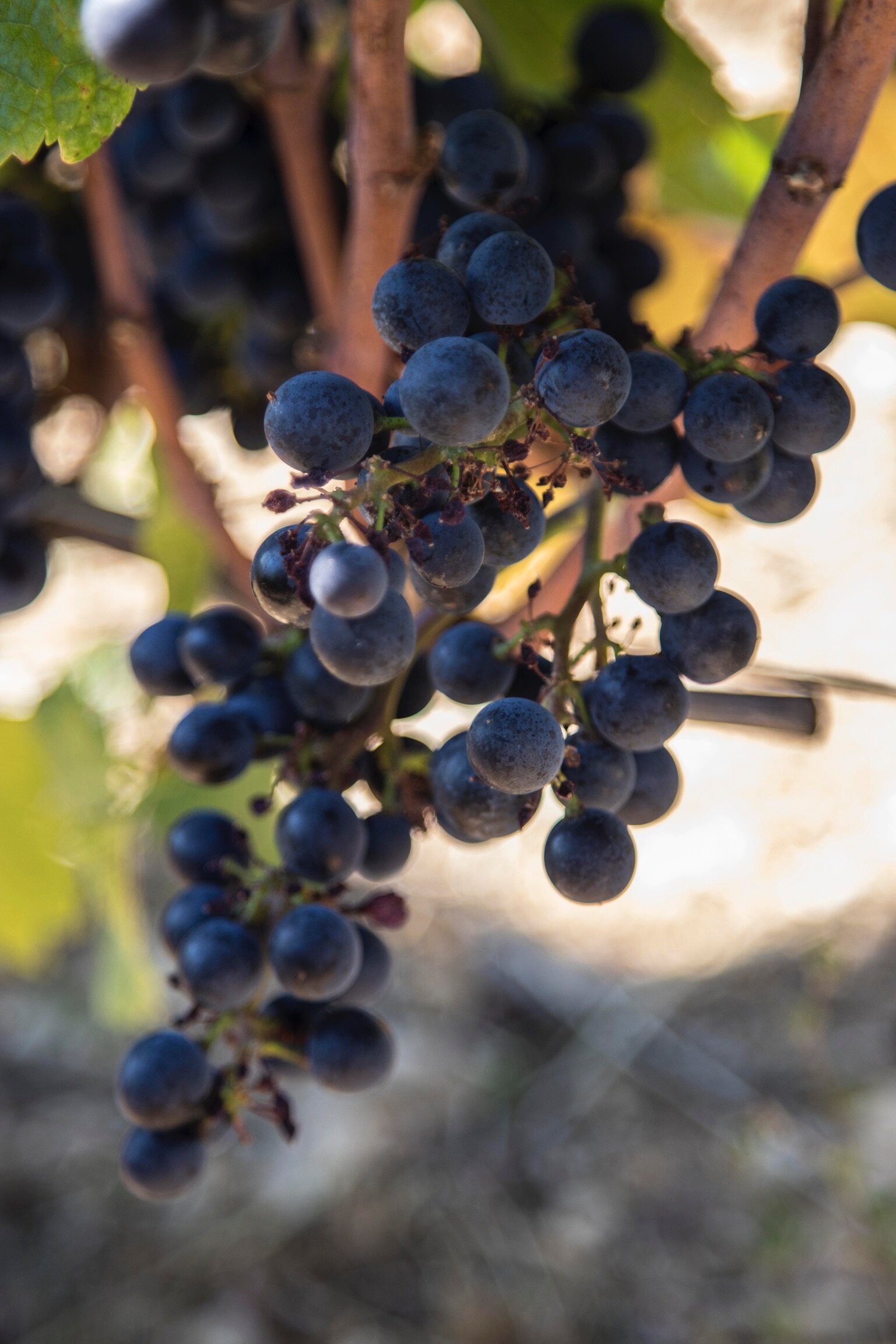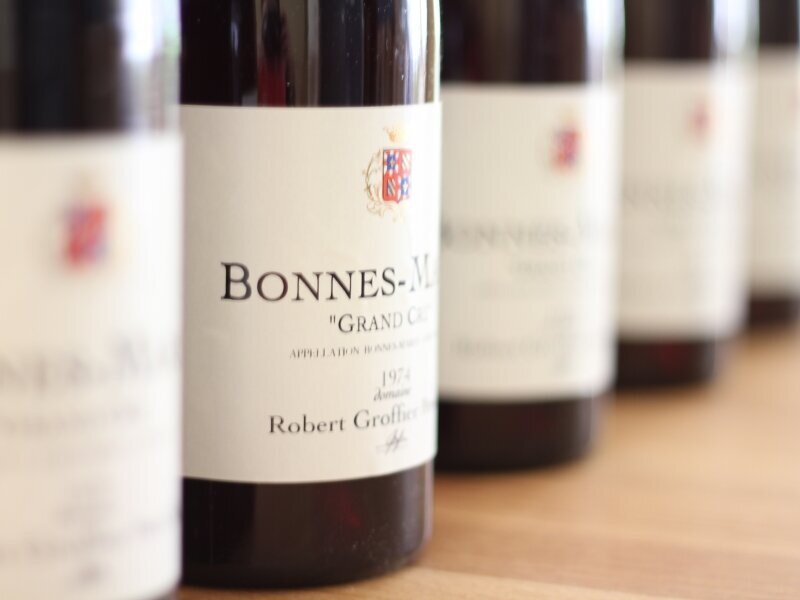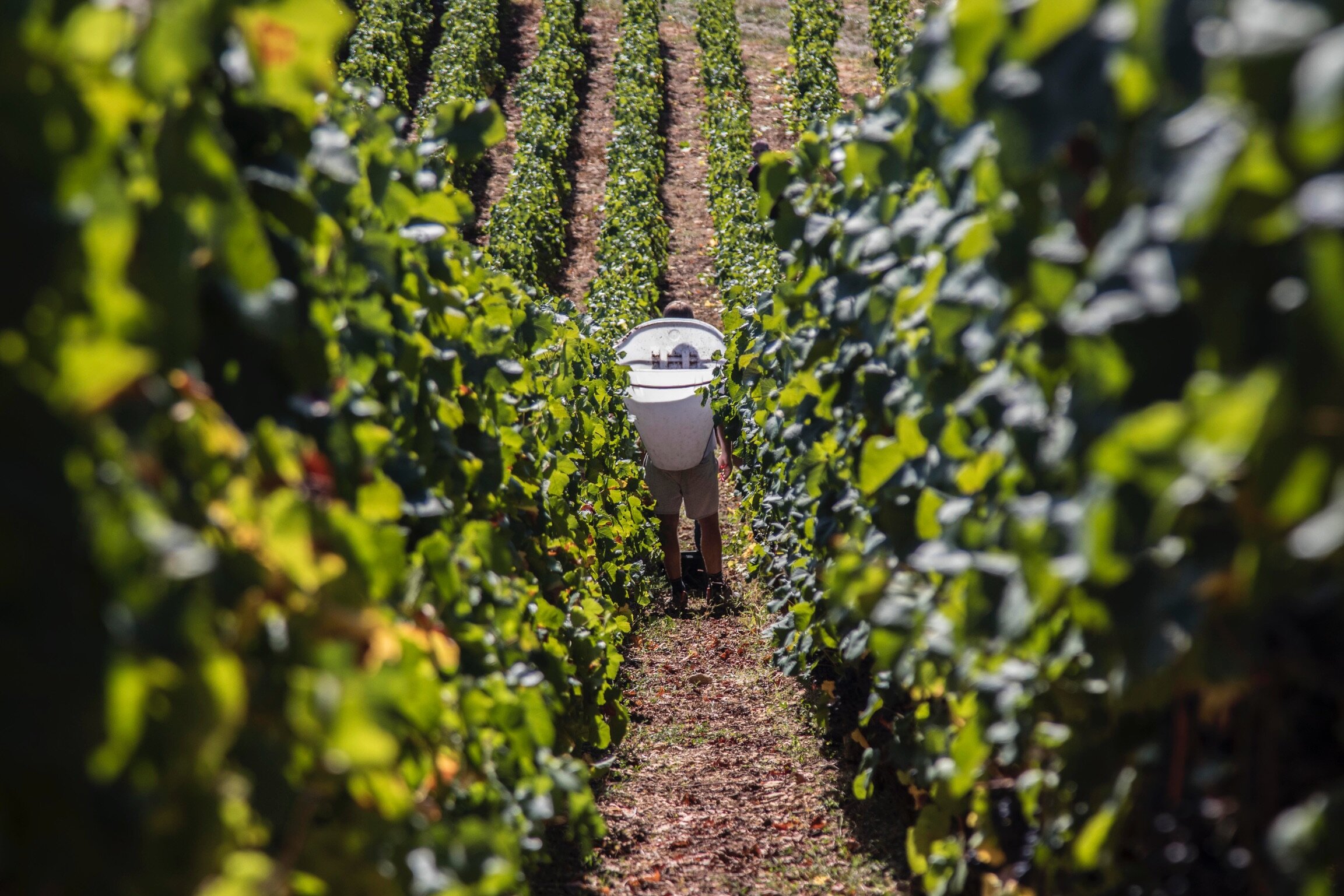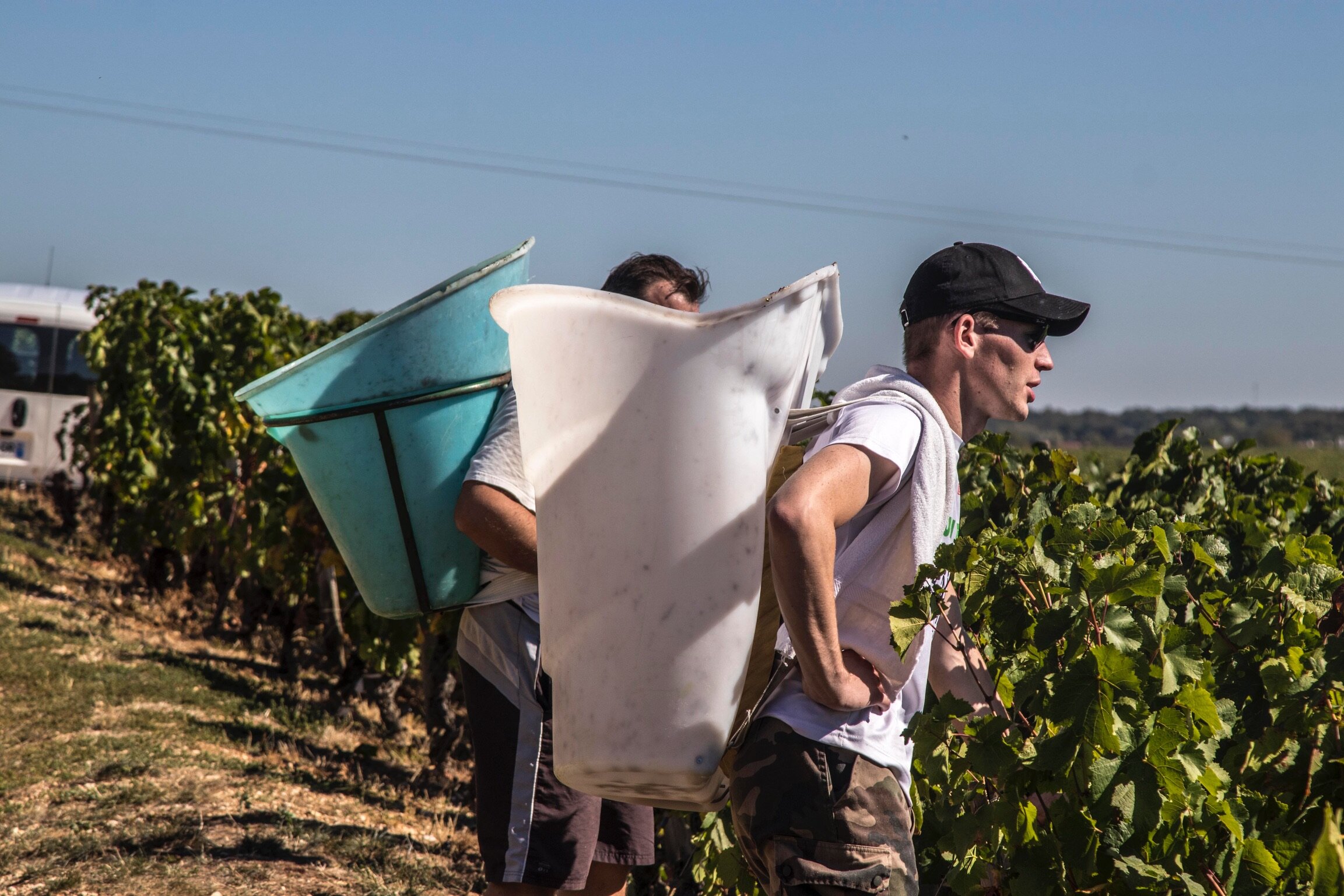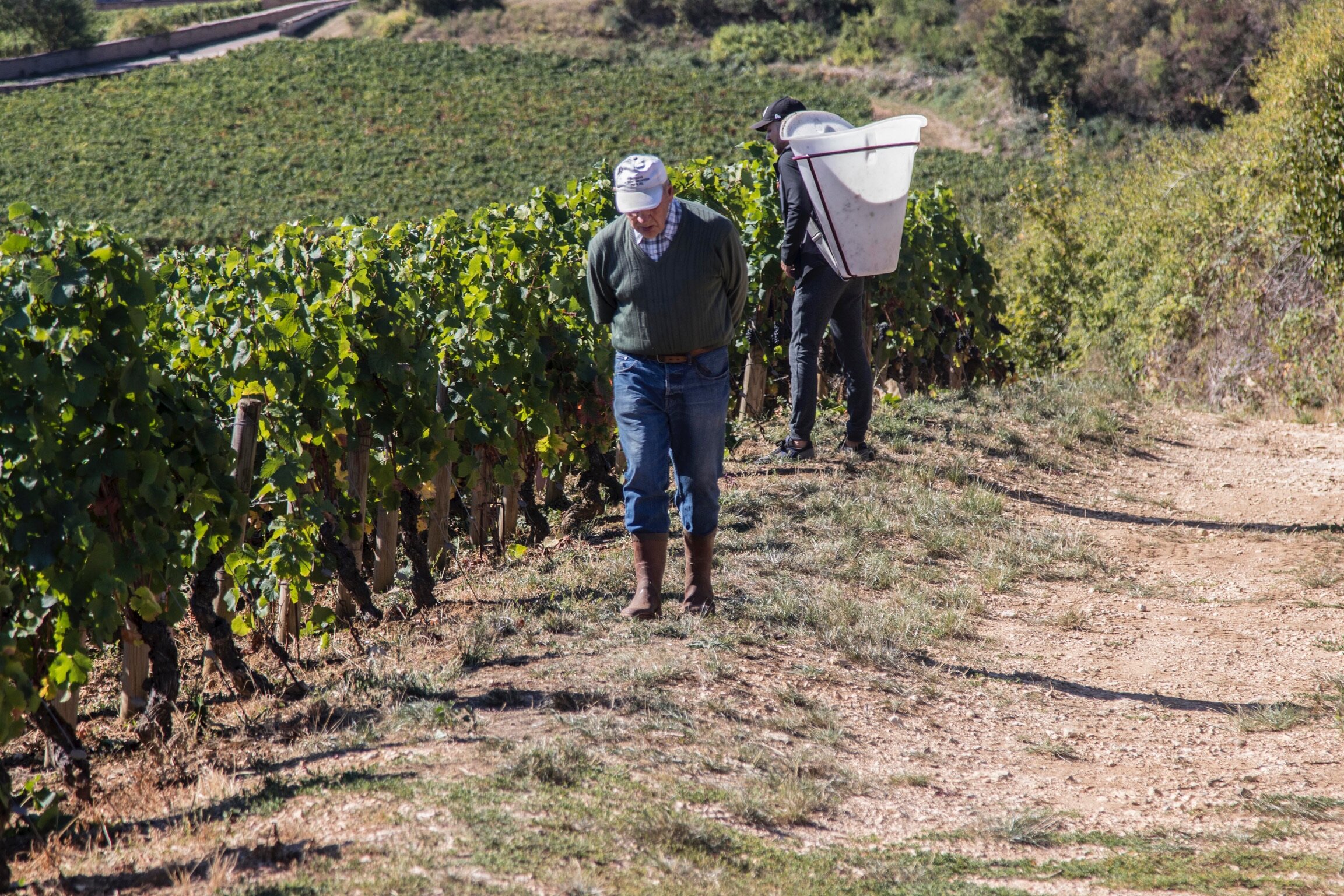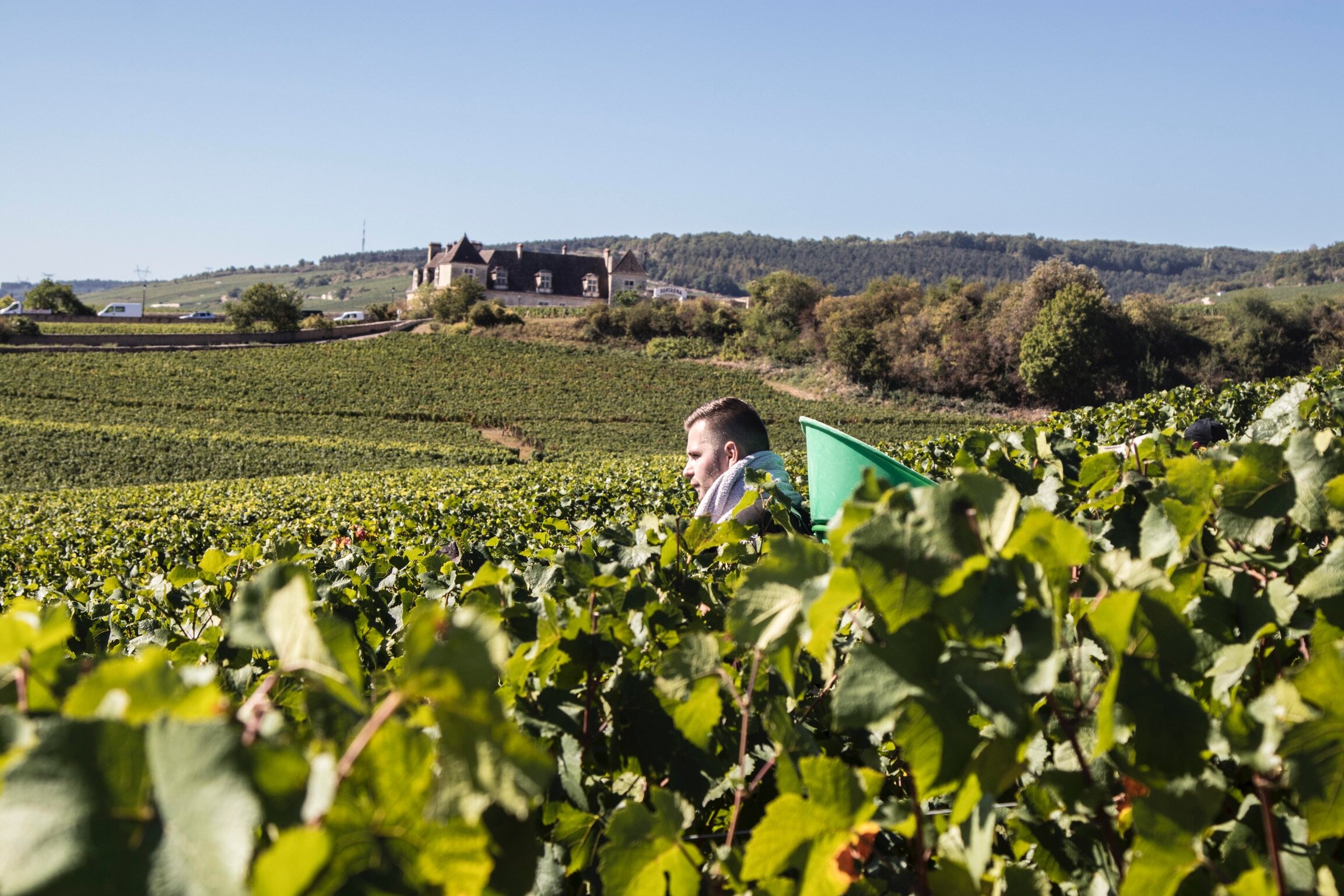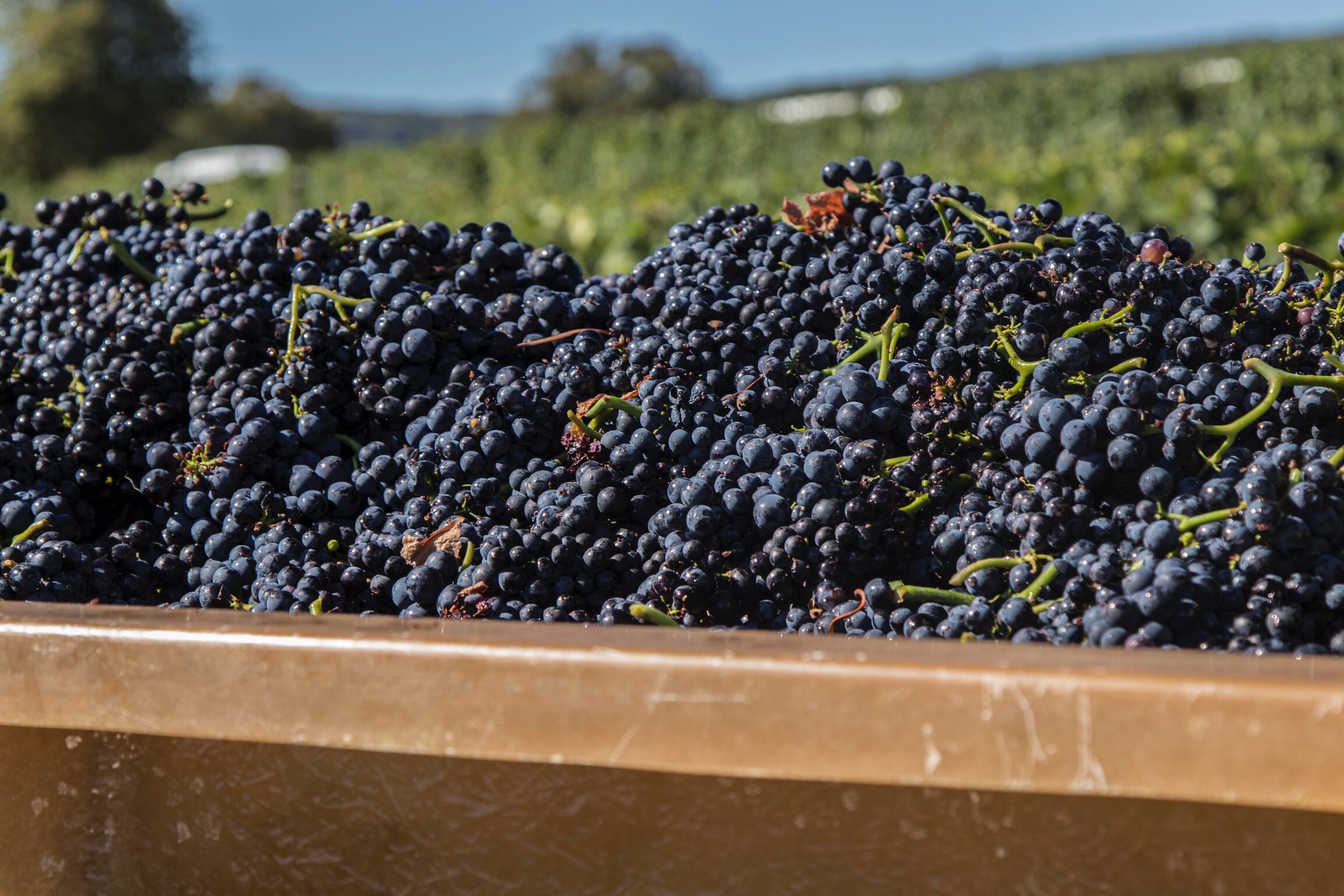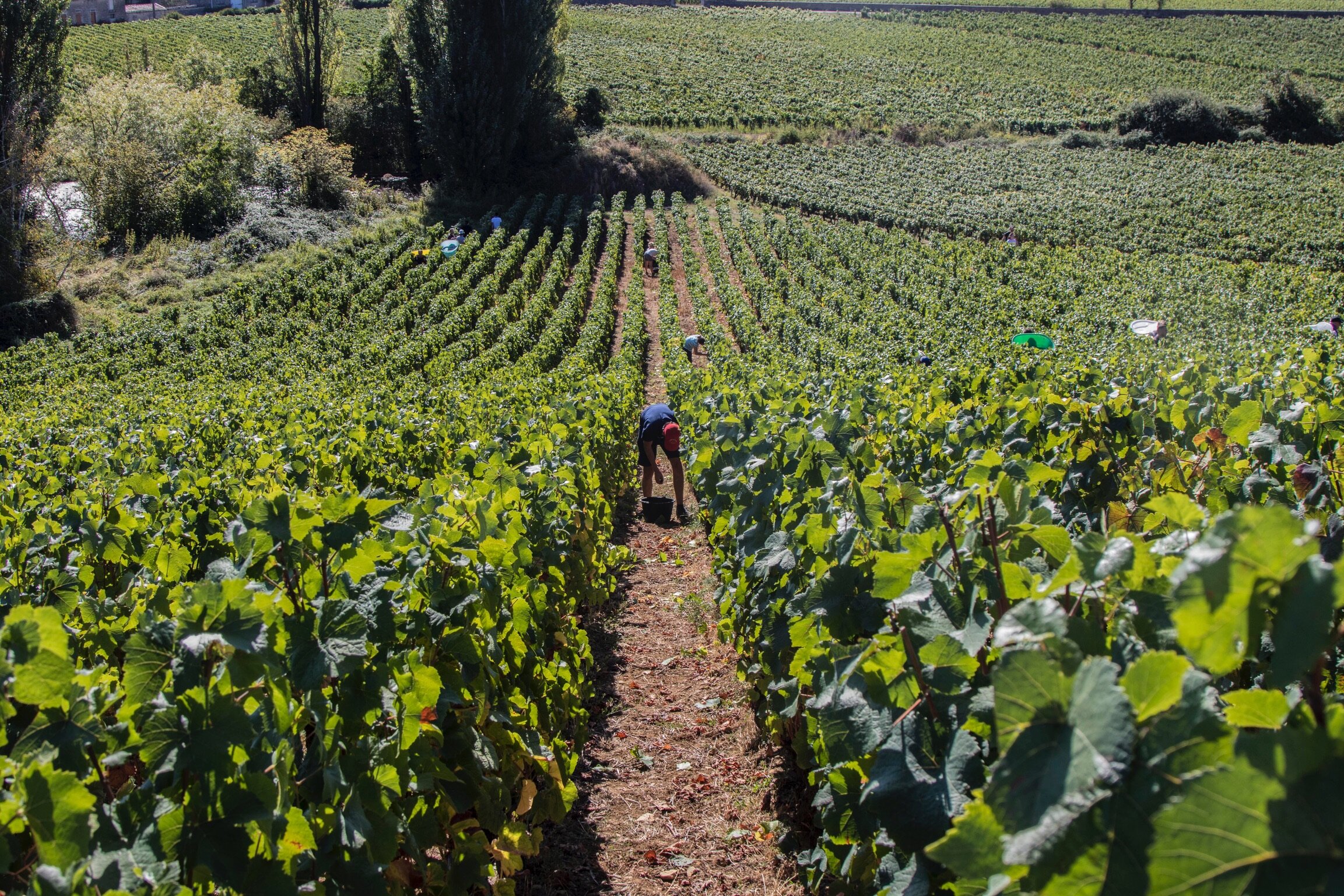DOMAINE R. GROFFIER PÈRE ET FILS
Morey-Saint-Denis
The Groffier is longstanding family of winemakers in the Côte de Nuits. Its winemaking origins date back to Frédéric Groffier in the 19th century, two generations later Robert Groffier started to bottle the wines at the Domaine.
Although the Domaine had consistently been producing fine and elegant wines, it was under the radar until 2006, when Nicolas Groffier took over from his grandfather Robert and father Serge. A young man of firm opinions, Nicolas has taken quality to an unprecedented level, fine-tuning the style of the wines whilst remaining loyally faithful to tradition and family know-how.
The Groffier residence and cellars are located at the southern end of the village of Morey-Saint-Denis but strangely enough, the domaine doesn’t possess a single vineyard in Morey.
The domaine consists of almost 8 ha of fine vineyards, including 1 hectare of Bonnes Mares, almost 0.5 hectare of Chambertin Clos de Bèze. There are also three Premiers Crus in Chambolle Musigny: les Hauts Doix, les Sentiers, and the famous Chambolle Musigny Premier cru les Amoureuses. With a full 1 hectare of Chambolle-Musigny Les Amoureuses, Groffier is the biggest single owner of this vineyard.
A high proportion of old vines, 40 years and more, planted in prime locations and constant attention to the vines during the growing season, all contribute to the greatness of the Groffier estate.
In the Vineyard
The vineyards are farmed sustainably.
Nicolas devotes considerable energy to the vineyards and works meticulously throughout the year to control the yields and to produce ripe concentrated grapes.
The vines are pruned late in the season using the old Cordon de Royat method. The soils are ploughed and rigorous de-budding is performed later during the season.
When harvest time comes, the grapes are handpicked and a first thorough selection is done in the vineyard followed by a second one on the sorting table.
In the Cellar
The winemaking technique is flexible and the proportion of stems to be retained depends on the vintage and the cuvée. Nowadays, only up to 20% of stems are retained, compared to 50% 20 years ago.
After destemming, the grapes are transferred to stainless-steel vats without crushing and are cooled to 10-12 degrees to delay the start of the natural yeast fermentation for 4-5 days, thus allowing further extraction of color from the skins. Frequent short pigeages are performed.
The wines are then transferred to barrels. Nicolas has reduced the amount of new oak used and now only uses between 15% and 25% for all his wines, with the only exception of the Clos de Bèze that is aged in a new barrel.
The wines are only racked once, usually a year after the vintage. After about a year of aging and when the new vintage is put into barrels, the wines also return to stainless-steel vat prior to being bottled.
The wines are bottled without fining or filtration.
Bonnes-Mares Grand Cru
This Bonnes-Mares Grand Cru comes from 0.98 hectares of old vines on the Morey side of the vineyard.
Chambertin - Clos de Bèze Grand Cru
Groffier farms 0.42 hectares of old vines in the Chambertin Clos de Bèze Grand Cru vineyard.
Chambolle-Musigny 1er Cru
Les Amoureuses
Groffier is the largest owner of Chambolle-Musigny 1er Cru Les Amoureuses with 1.1 hectares of vines.
Their plot is planted with old vines in the lower part of the vineyard as it continues down towards the village of Vougeot.
Chambolle-Musigny 1er Cru
Les Sentiers
This Chambolle-Musigny 1er Cru is made from a 1.07-hectare plot near the Grand Cru vineyard of Bonnes Mares.
Chambolle-Musigny 1er Cru
Les Hauts Doix
This Chambolle-Musigny 1er Cru comes from a 1.10-hectare plot in Les Hauts Doix, not too far from the vineyard of Les Amoureuses.
Gevrey-Chambertin Village
This Gevrey village is from 2 plots of old vines in the vineyard of Les Seuvrées, just below the Grand Cru Mazoyères-Chambertin.
Bourgogne Pinot Noir
This Bourgogne Pinot Noir comes from 1.40 hectares of vines located across the road from the Clos de Vougeot.
Bourgogne Passetoutgrains
The cuvée comes from a 0.75-hectare plot near Morey. The plot has a high proportion of Pinot Noir planted on gravel and sandy soil.






